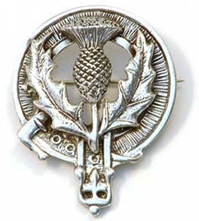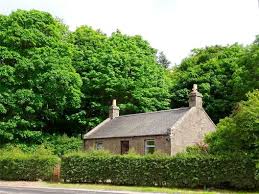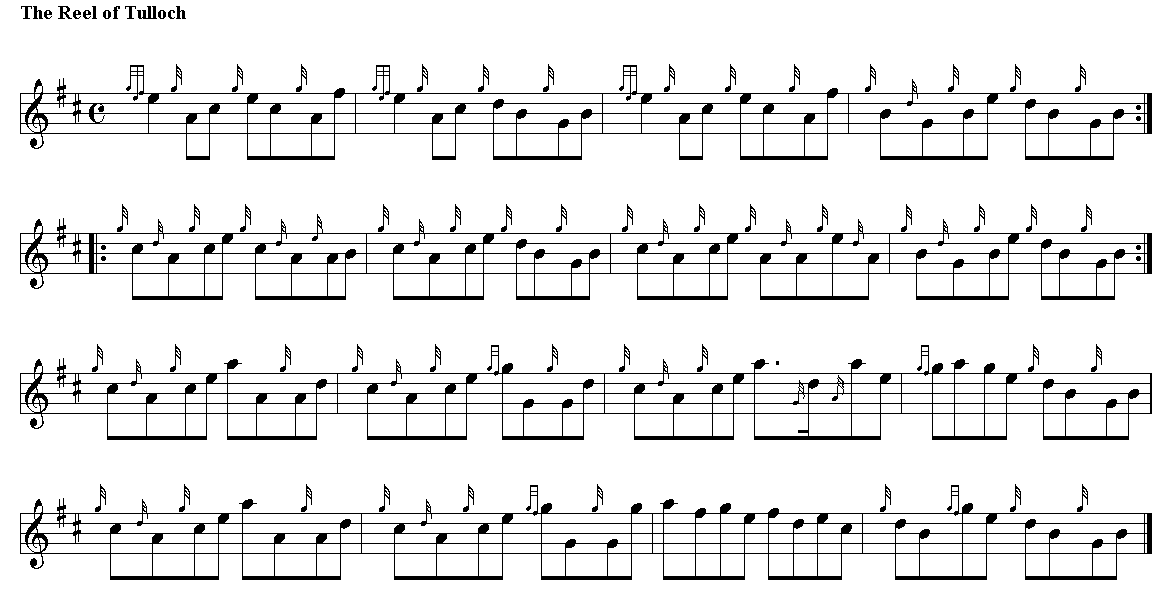 |
||

Best viewed in
|
The Reel of Tulloch ("Ridhle Thulichun" or "Ruighle Thulaichean") was originally a very popular 17th century bagpipe piece, probably by an unknown composer, known among pipers as “Righ na m Porst,” or ‘king of airs’ (according to James Logan, 1831). Logan says the “It is stated by MacDonald that this reel was composed at Tulloch, in Aberdeenshire, a tradition that I have often heard repeated, detailing the particular circumstances connected with its production.” However, in MacGregor's collection of poems it is confidently stated that the tune was composed by John Dubh Gear, a MacGregor of Glen Lyon. J. Scott Skinner as well, in Harp and Claymore (1904), remarks: “There is a tradition that this wild effusion was composed and danced by John Macgregor, Castle Grant, about 1640.” MacDonald once remarked that this reel was composed at Tulloch in Aberdeenshire, and this assertion has survived in tradition. Legend has it, remarks Nigel Gatherer, that the reel was improvised on the spot by a MacGregor who had just emerged victorious from a fight with a Robertson for the hand of the Laird o’ Tulloch’s daughter. O’Neill (1922) declined to print stories of the tunes origins as “too unreliable,” and remarks that they include “A wild orgy of dancing under improbable circumstances in one case, and a desperate encounter with swords in another, are given as the inspiration of what has been termed ‘the maddest of all Highland reels’".
Its earliest appearance is in David Young's 1734 Duke of Perth
Manuscript, where it appears as "Tullich Reel" with 160 bars of
variations and it was later reprinted in his 1740 MacFarlane Manuscript
(volume 2, No. 115). Purser (1992) states that it was adapted for the
violin “with superb rhythmic pointing and syncopations, mostly composed
by David Young in 1740.” The piece subsequently appears in Robert
Bremner's 1757 collection, Curious Collection of Scots Tunes, the
Gillespie Manuscript of Perth (1768), Angus Cumming’s
Collection of Strathspey and Old Highland Reels (1780), and Davie's
1829 Caledonain Repository (with some pizzicato variations). It
also appears on p. 6 of the music 1770 manuscript collection of
Northumbrian musician William Vickers, about whom unfortunately nothing
is known. It was a particular favorite of Queen Victoria, who first witnessed its performance at a ball at Taywouth Castle given by the Marquis of Breadalbane (the dancers on the occasion were the Marquis of Abercorn, the Hon. Fox Maule, Cluny Macpherson and Davidson of Tulloch). In most parts of Scotland the dance was performed to the tune "The Reel of Tulloch" but in Roxburghshire and Berwickshire, where the dance was often known as "The Hullachan Jig," a double jig such as "The Irish Washerwoman" was played.
|
|

